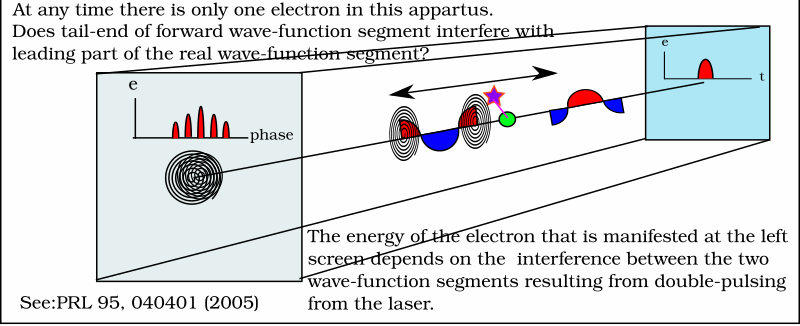Breakthrough in Laser Technology: First Attosecond Atomic X-Ray Laser Developed

In a groundbreaking achievement in laser technology, scientists from the University of Wisconsin-Madison and the U.S. Department of Energy’s SLAC National Accelerator Laboratory have developed the world’s first attosecond atomic x-ray laser. This innovative laser technology, which promises to enhance x-ray imaging and advance quantum science, was detailed in a recent study published in the prestigious journal *Nature* on June 11, 2025.
The research team, led by Uwe Bergmann, a physics professor at UW-Madison with a visiting faculty position at SLAC, focused on utilizing high-energy pulses from the Linac Coherent Light Source (LCLS) and Japan’s SACLA x-ray free-electron laser (XFEL). By directing these powerful x-ray input pulses—equivalent to concentrating all the sunlight that strikes the Earth into a one square millimeter target—onto copper and manganese targets, the researchers generated x-ray laser pulses that lasted less than 100 attoseconds.
According to Bergmann, “We observed a strong lasing phenomenon in inner-shell X-ray lasing, simulating and calculating how it evolves. When you calculate the x-ray pulses that come out, they are incredibly short—shorter than 100 attoseconds.” This significant reduction in pulse duration not only enhances the ability to study ultra-fast processes at the atomic level but also increases the potential applications in diverse fields, including quantum computing and medical imaging.
The significance of this development lies in its potential to revolutionize the understanding of electron dynamics within atoms. As stated in a joint press release from the University of Wisconsin-Madison and SLAC, “Creating an atomic x-ray laser with sub-100 attosecond pulses will allow researchers to study how electrons move inside atoms with unprecedented precision.” The ability to control x-ray pulses similarly to conventional lasers marks a significant leap forward in the field of laser and quantum science.
Matthias Kling, the Science and R&D Division director at SLAC, remarked, “Considering over six decades in laser development and tremendous challenges in translating many of the concepts to x-ray wavelengths, the realization of an attosecond atomic X-ray laser is a major leap forward.” This new laser operates more like traditional lasers than existing x-ray lasers, which traditionally produce irregular pulses. The clean, controlled pulses generated by this atomic x-ray laser offer immense promise for advancing research in medical and materials science at an atomic scale.
The study outlines that the new laser utilizes stimulated emission, where an initial pulse excites inner-shell electrons of the target atoms, leading to an avalanche effect that produces coherent x-ray emissions in the same direction as the initial pulse. This lasing process enables researchers to observe phenomena such as Rabi cycling, where the atom reabsorbs and re-emits light, which is crucial for various modern laser techniques.
As the field of x-ray laser technology continues to evolve, the implications of this development extend beyond basic science into practical applications. Thomas Linker, the lead author and joint postdoctoral researcher at UW-Madison and SLAC, highlighted that “development of such pulses allows us to use traditional laser techniques with x-rays to study electron motion in molecules and materials on their natural length and timescales.”
In conclusion, the advent of the attosecond atomic x-ray laser represents a pivotal moment in both laser technology and quantum science. With its ability to precisely measure and manipulate electron behavior, this innovation promises to unlock new frontiers in research and technology, potentially leading to advancements in various fields, including medical diagnostics, material science, and quantum computing. As researchers continue to explore the capabilities of this pioneering technology, the future of laser applications looks increasingly promising.
Advertisement
Tags
Advertisement





